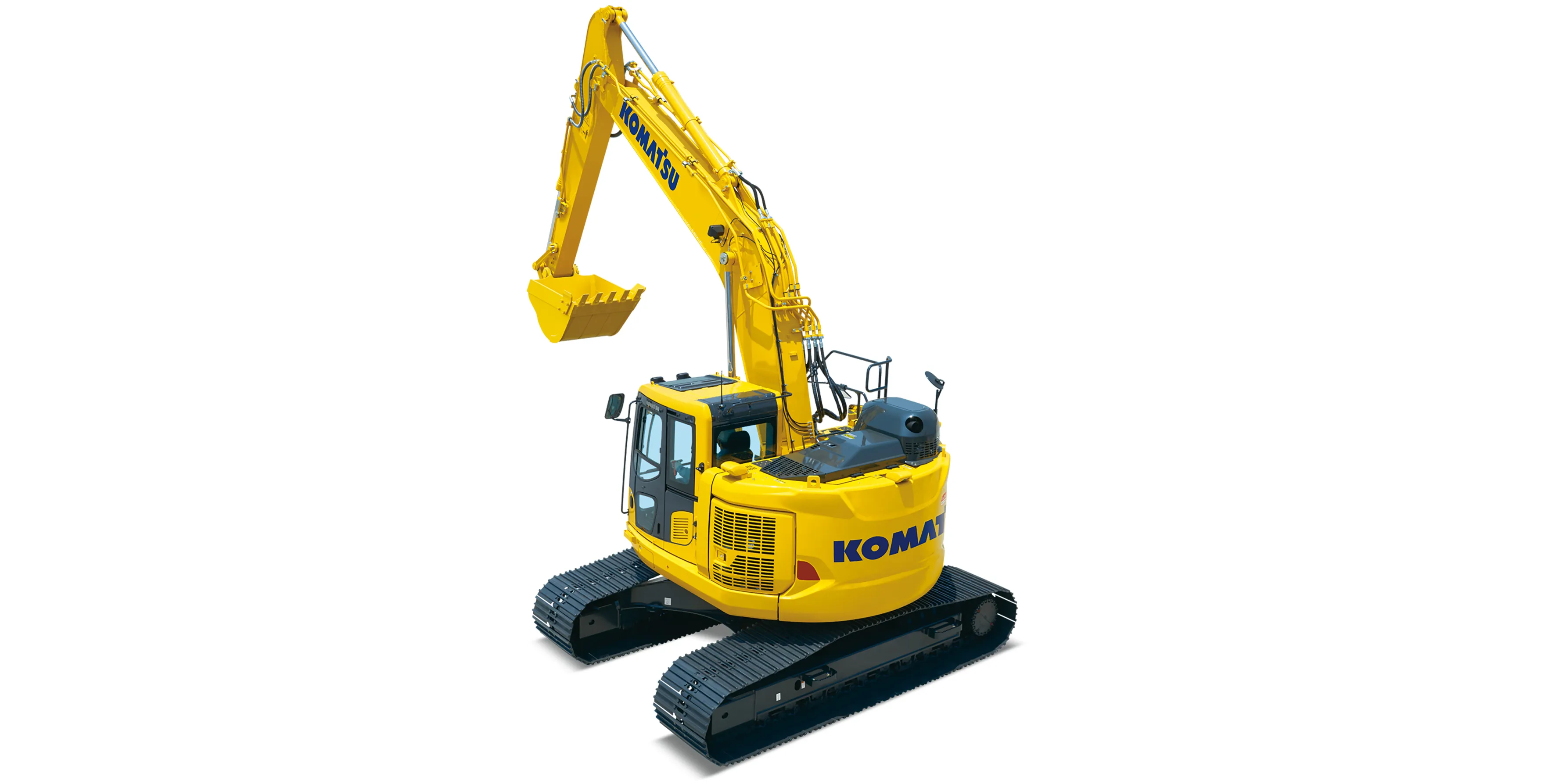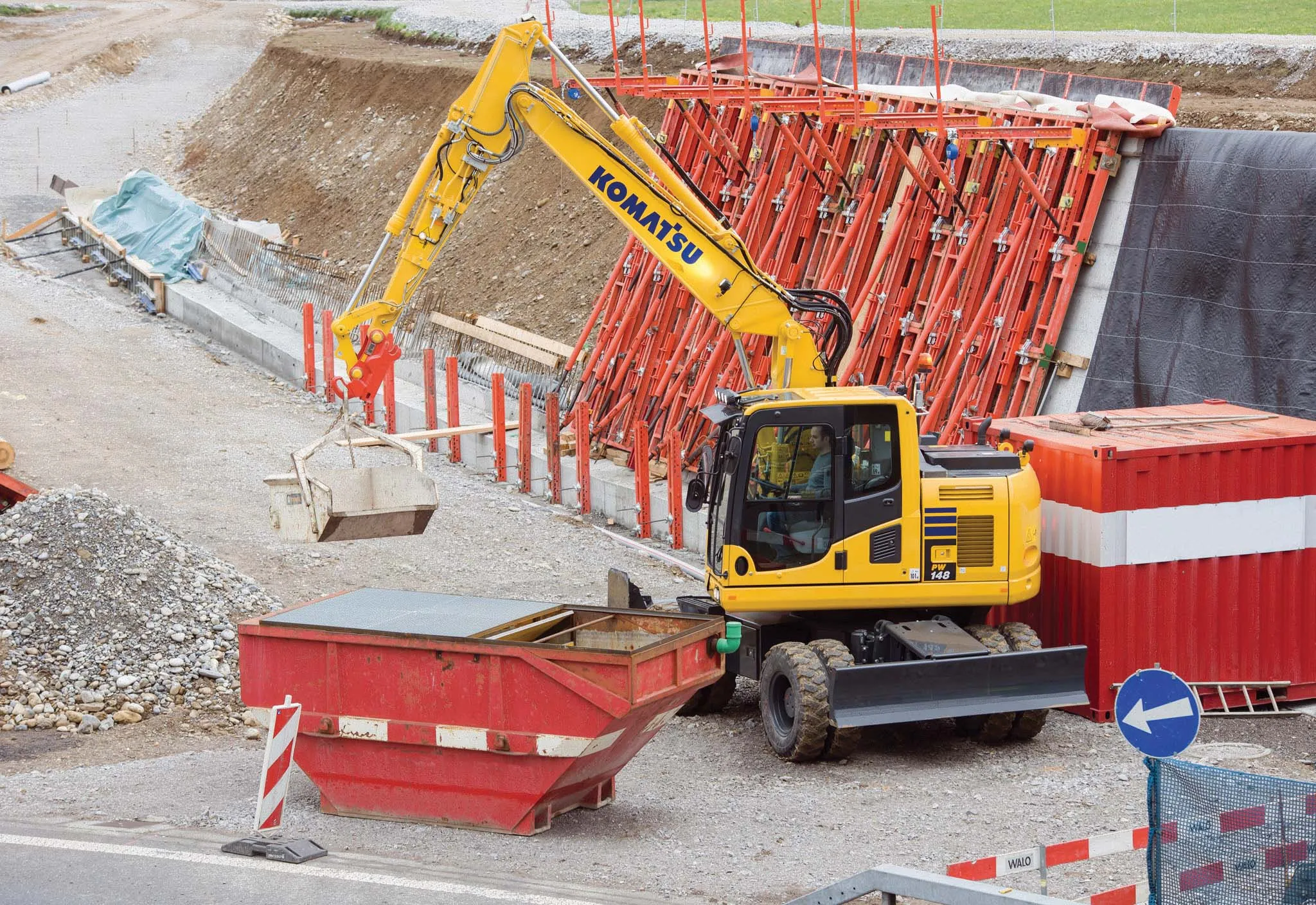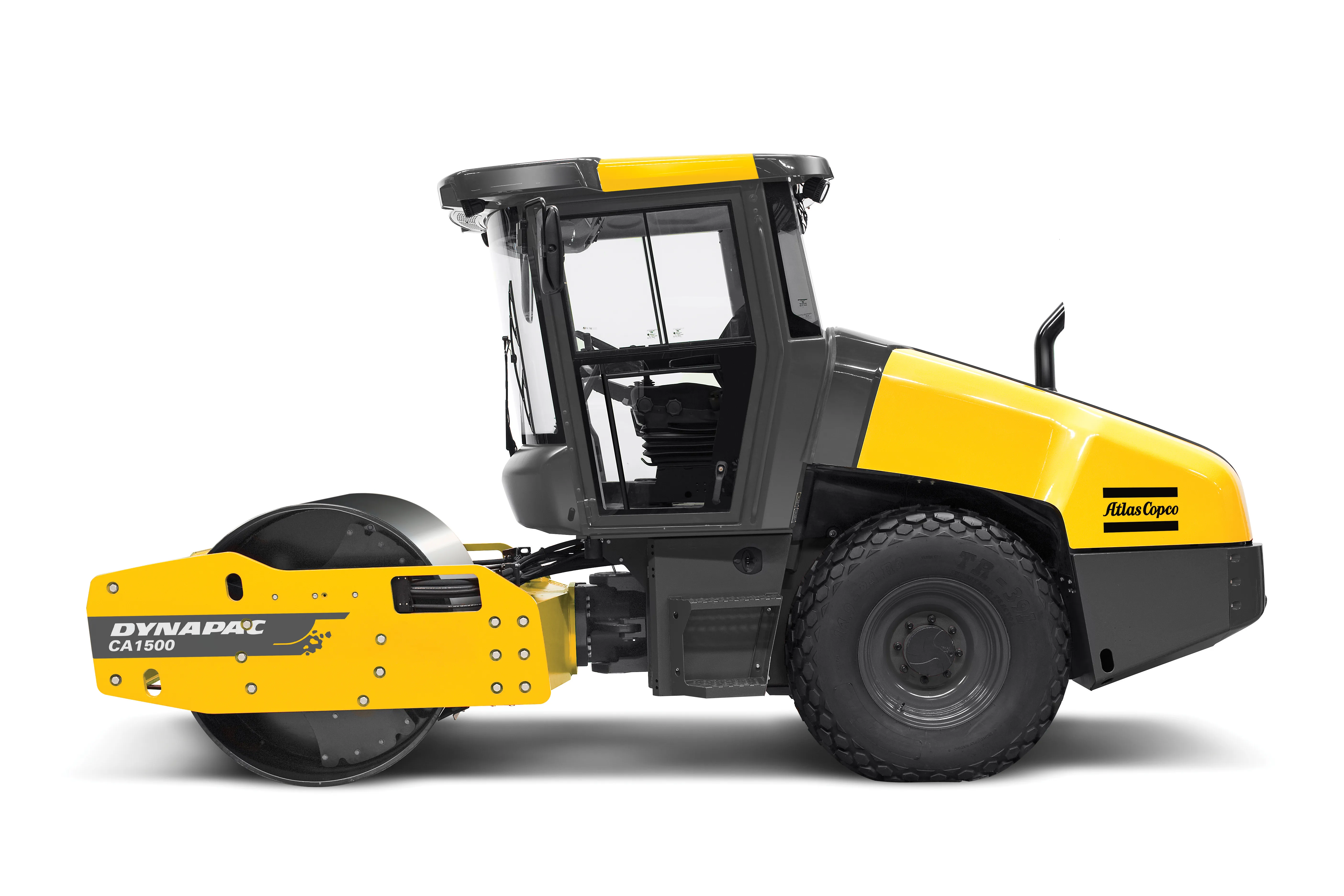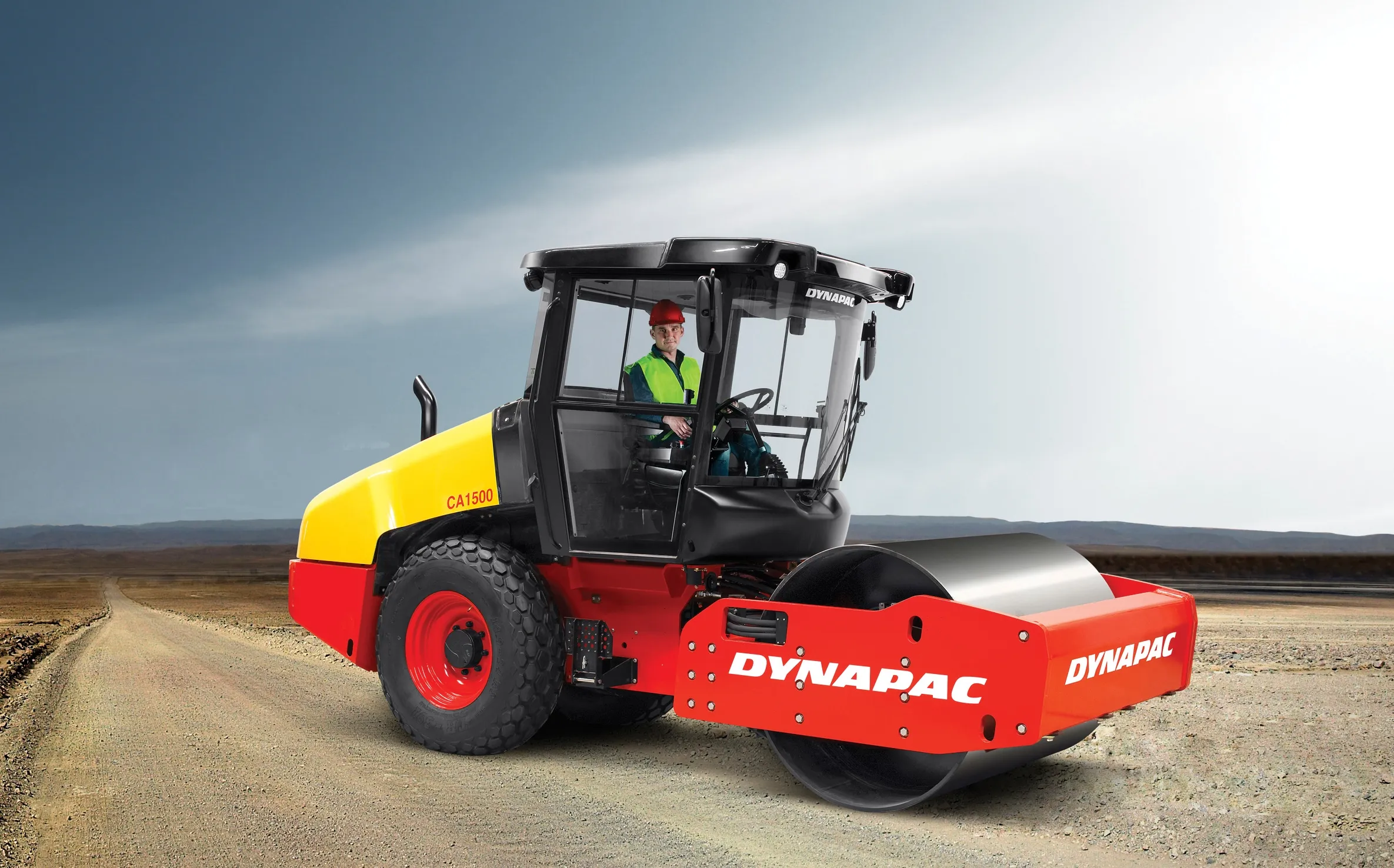
PC228USLC-11 comes with operating weights ranging 23-24.15tonnes and a EU Stage IV engine that is said to optimise performance, reduce emissions and provide advanced diagnostic capability. In addition, a Selective Catalytic Reduction system has been integrated to further reduce NOx emissions using the AdBlue additive.
For safety, KomVision displays a real-time bird's eye view of the excavator and its immediate surroundings to prevent job site incidents and accidental movement at start up.
The cab is mounted on rubber isolation dampers for low vibration levels while the radio offers pre-sets and an auxiliary USB input for connecting external devices.
Additionally, the new viscous fan clutch system aims to reduce both power loss and engine load when maximum cooling is not required. It is also said to lower fuel consumption and contribute to low in-cab noise, 71db(A).









